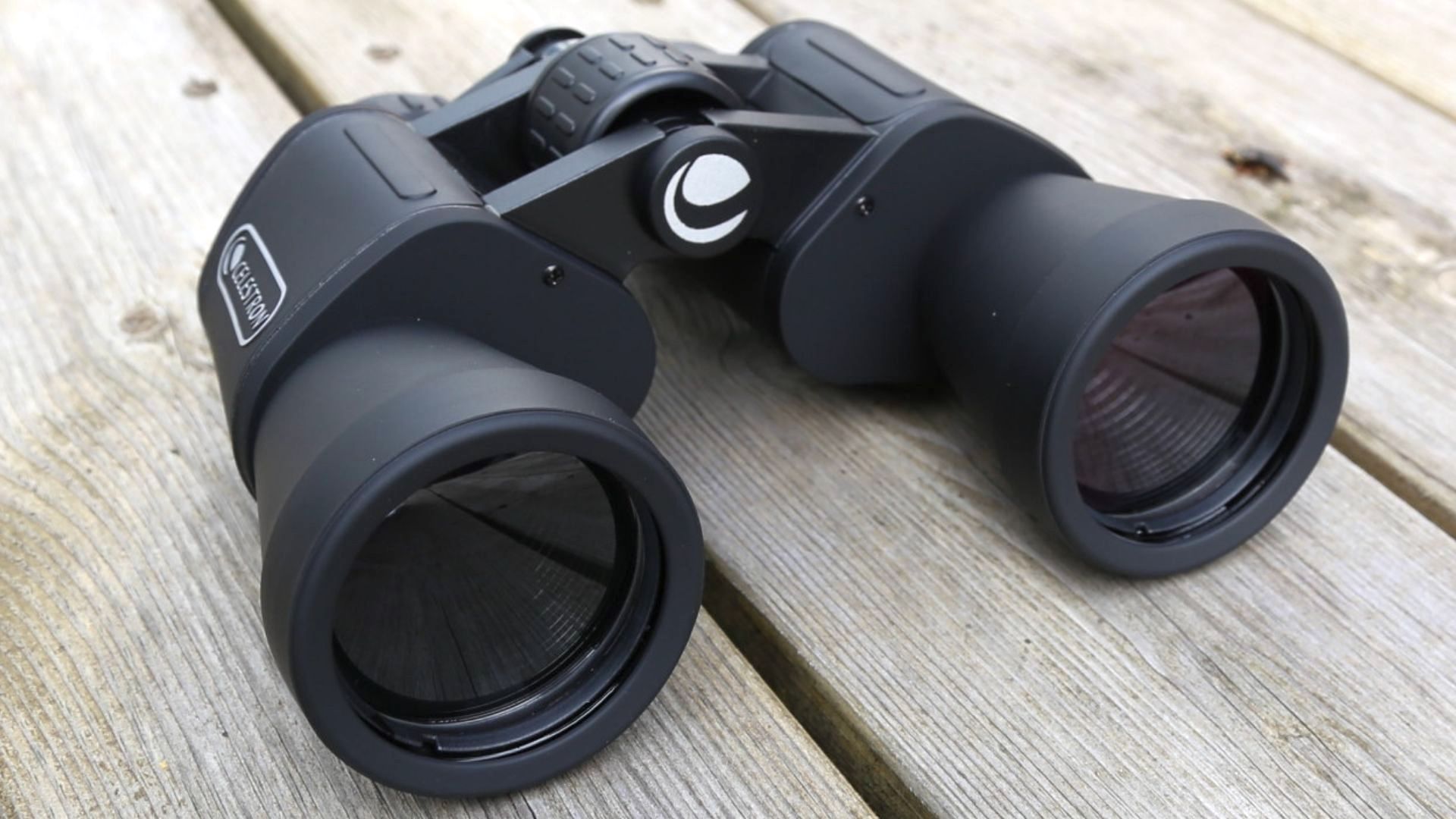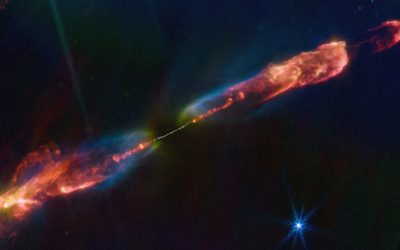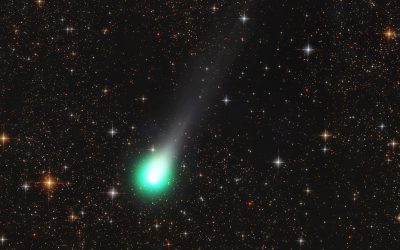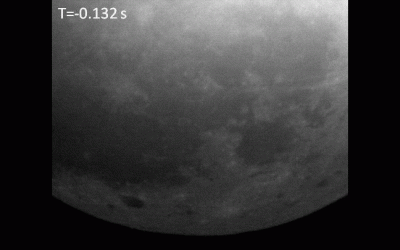Two celestial visitors, comets C/2025 A4 (Lemmon) and C/2025 R2 (SWAN), are currently on a trajectory that will bring them to their closest points to Earth. Skywatchers and enthusiasts will have the opportunity to observe these significant astronomical events as they unfold via live online broadcasts.
Astronomer Gianluca Masi and his Virtual Telescope Project will host an exclusive livestream event on October 20, beginning at 1:30 p.m. EDT (1730 GMT). The broadcast will offer a prime opportunity to observe two comets as they make a close pass to Earth, positioning them optimally for detailed observations.
Speaking to Space.com, Masi revealed that while Comet C/2025 A6 Lemmon has thus far been the sole focus for Northern Hemisphere observers, Comet C/2025 R2 SWAN is now quickly joining the celestial display. He confirmed plans to launch a live feed, aiming to deliver an enthralling experience for all astronomy enthusiasts.

The celestial spectacle will be broadcast live on Space.com, courtesy of the Virtual Telescope Project. Viewers can also tune in directly via the project’s official website or YouTube channel, weather permitting.
Stargazers are in for a rare astronomical spectacle this October as two distinct comets, Lemmon (C/2025 A6) and Swan (C/2025 R2), are set to grace our skies concurrently. This uncommon celestial phenomenon will see Comet Lemmon making its closest approach to Earth at approximately 56 million miles (90 million kilometers). Meanwhile, Comet Swan is projected to offer an even more dramatic display, drawing significantly nearer at roughly 24 million miles (39 million kilometers). Both celestial visitors are anticipated to achieve their peak luminosity, providing optimal viewing opportunities, between October 20 and October 21.
First identified in January 2025, Comet C/2025 A6 (Lemmon) is rapidly becoming a notable spectacle within our solar system. The celestial body has been consistently brightening as it progresses through the inner regions, offering an increasingly clear view for observers.
Skygazers equipped with binoculars or a small telescope can readily spot Lemmon in the western evening sky, shortly after sunset. Each successive night, the comet’s position ascends further northward, presenting a higher and more prominent viewing opportunity.

Comet C/2025 R2 (SWAN) was officially discovered in September 2025 by the Solar and Heliospheric Observatory’s SWAN instrument. For optimal viewing, observers should direct their attention to the predawn sky, where the comet will be visible low on the eastern horizon as it continues its journey away from the sun.
For those eager to witness comets firsthand, consult our definitive guides on selecting the optimal binoculars and telescopes for beginners. Aspiring astrophotographers can also access our comprehensive tutorial on capturing stunning comet images. Additionally, explore our monthly night sky guide for insights into other captivating celestial highlights unfolding throughout the month.
Space.com encourages astrophotographers and skywatchers to share their captures of Comet Lemmon and Comet SWAN. If you have photographed either of these celestial marvels, please submit your images, along with any accompanying observations, to spacephotos@space.com for potential feature.







